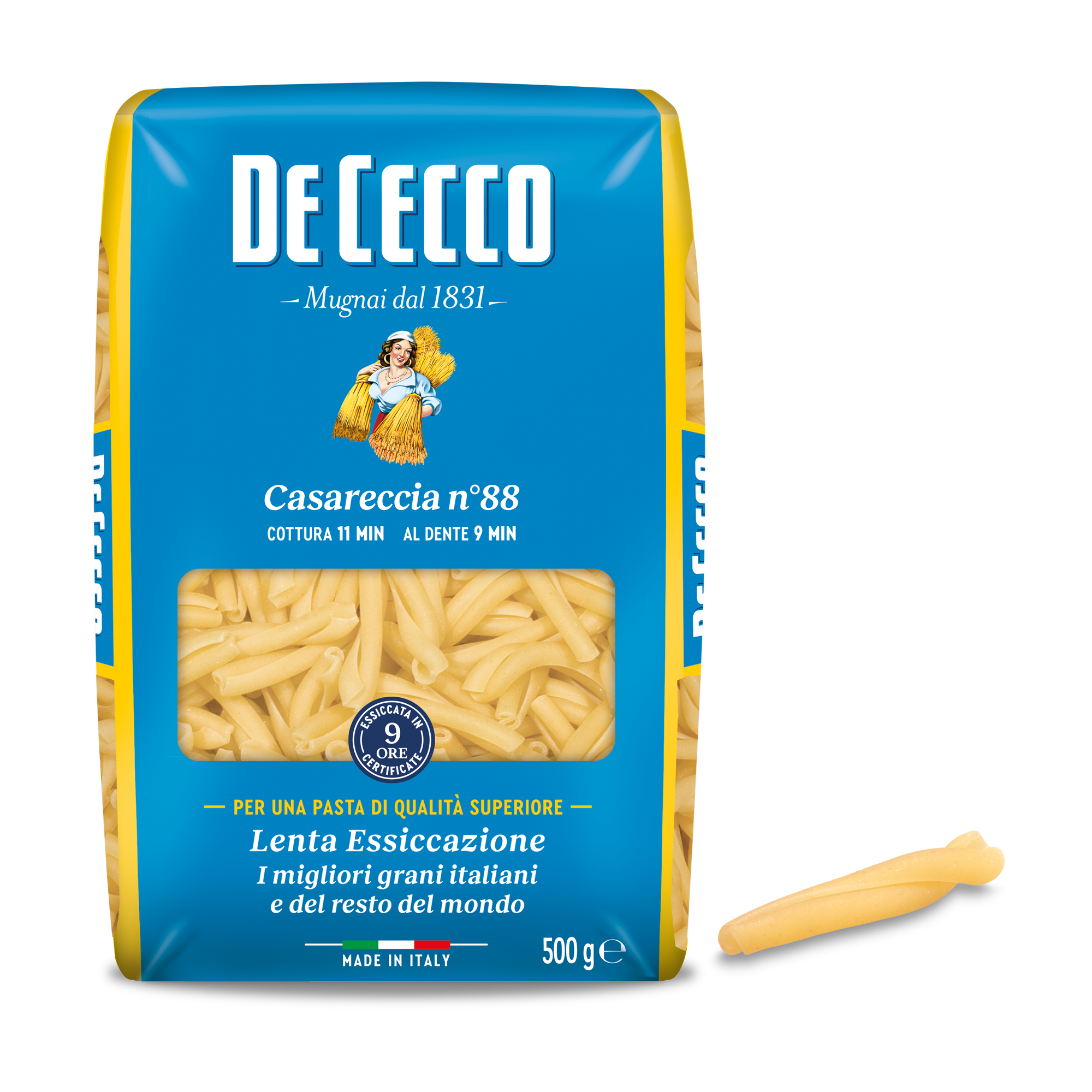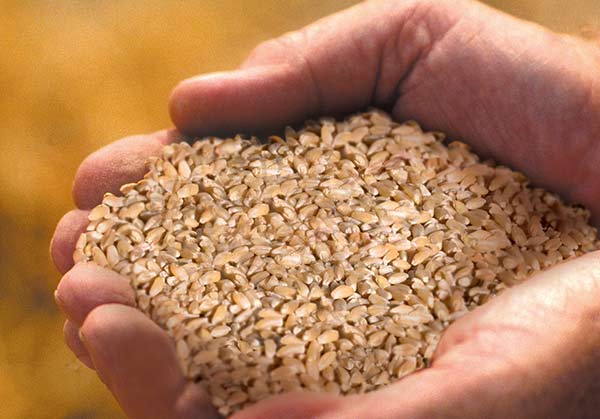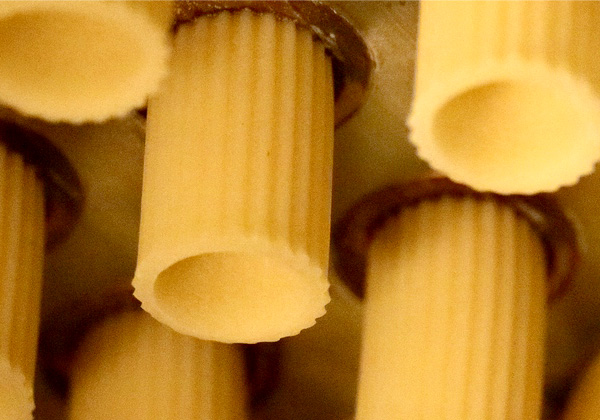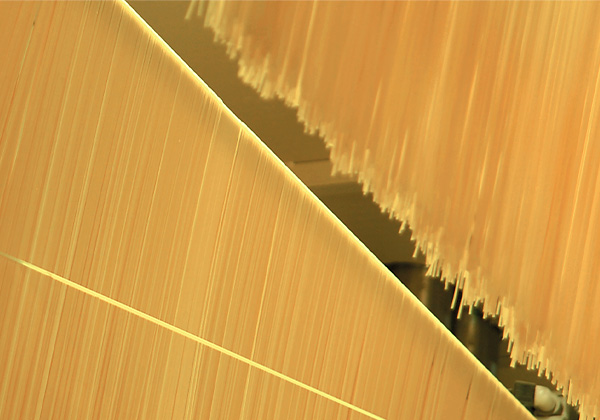Tagliatelline n° 204
Tagliatelline, which originate from Liguria, are consumed all over Italy and are part of the long, flat pasta family.
You need to go a long way back to retrace the origins of Tagliatelline and beyond the confines of Italy. Tagliatelline were known as early as 700 BC in Japan where they were imported from China with many other cultural and religious elements. In Japan, they were called Udon, tagliatelline made from common wheat, and seem to have met with incredible success in the province of Osaka and in the southern part of the country in general.
Tagliatelline are just the right size to be served both with sauces and in broth. In the first case, the recommended condiments are those from Ligurian tradition, so with pesto as the undisputed winner, and fish and shellfish based sauces coming a close second. They are also excellent in vegetable or meat broths or, with a nod to Oriental traditions, in broths based on seaweed and mushrooms.
Available in 500g pack.s
- Cooking time: 5 min
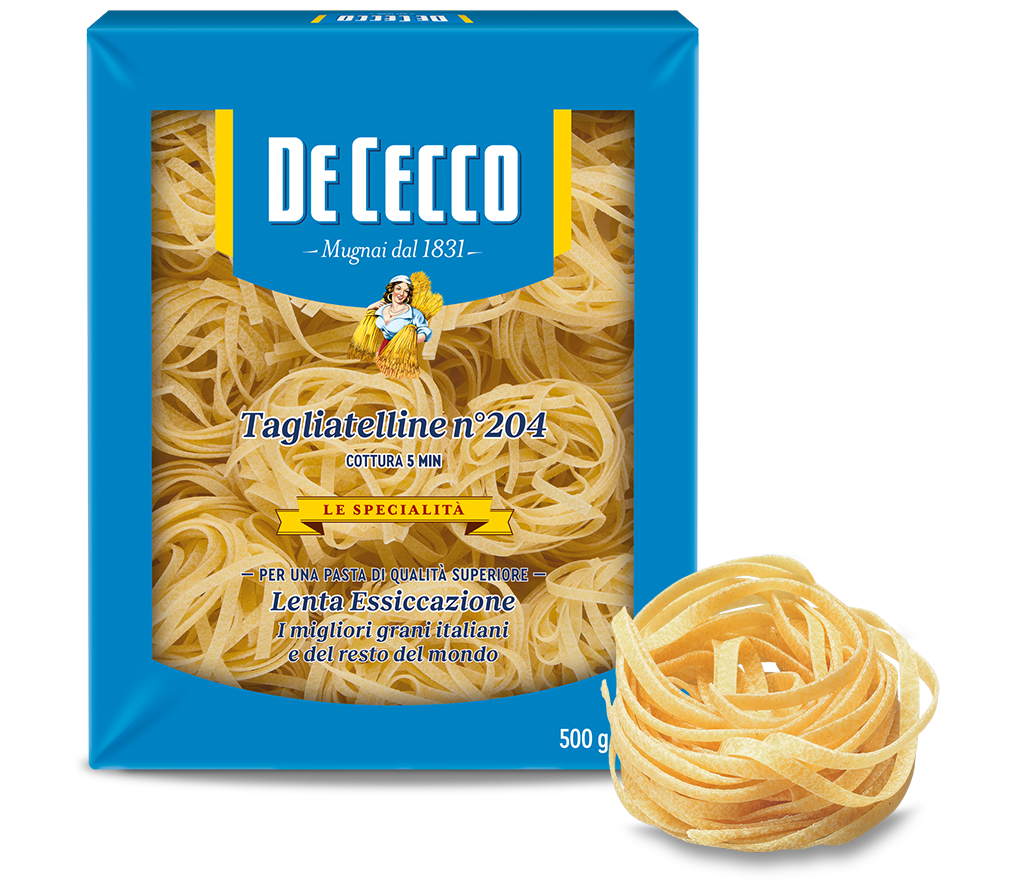
Our method
Casareccia n° 88
Casareccia is originally from Sicily, but is also characteristic of other southern Italian regions.
This pasta is shaped like a small, smooth piece of parchment, rolled up and folded in at the top. The name conjures up its bygone home-made origins, an interpretation of the Arab-style "pasta busiata" obtained with the thin stem of a plant around which pieces of dough were at one time wrapped.
Casareccia is very good with classic ragù, although the smooth, slightly porous surface is also ideal for capturing all types of sauces, from traditional ones to even the simplest of sauces.
Available in 500g or 3 Kg packs.
